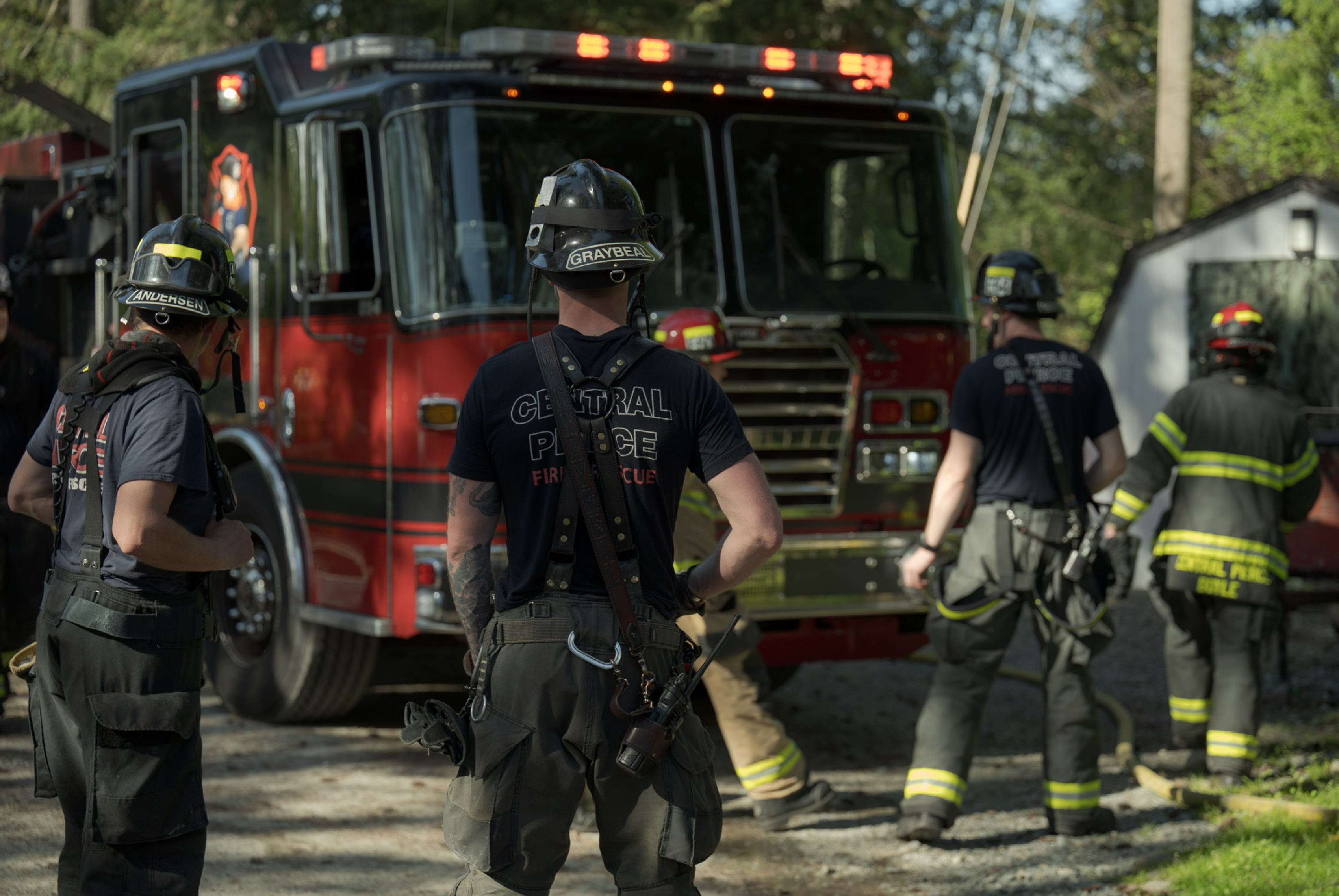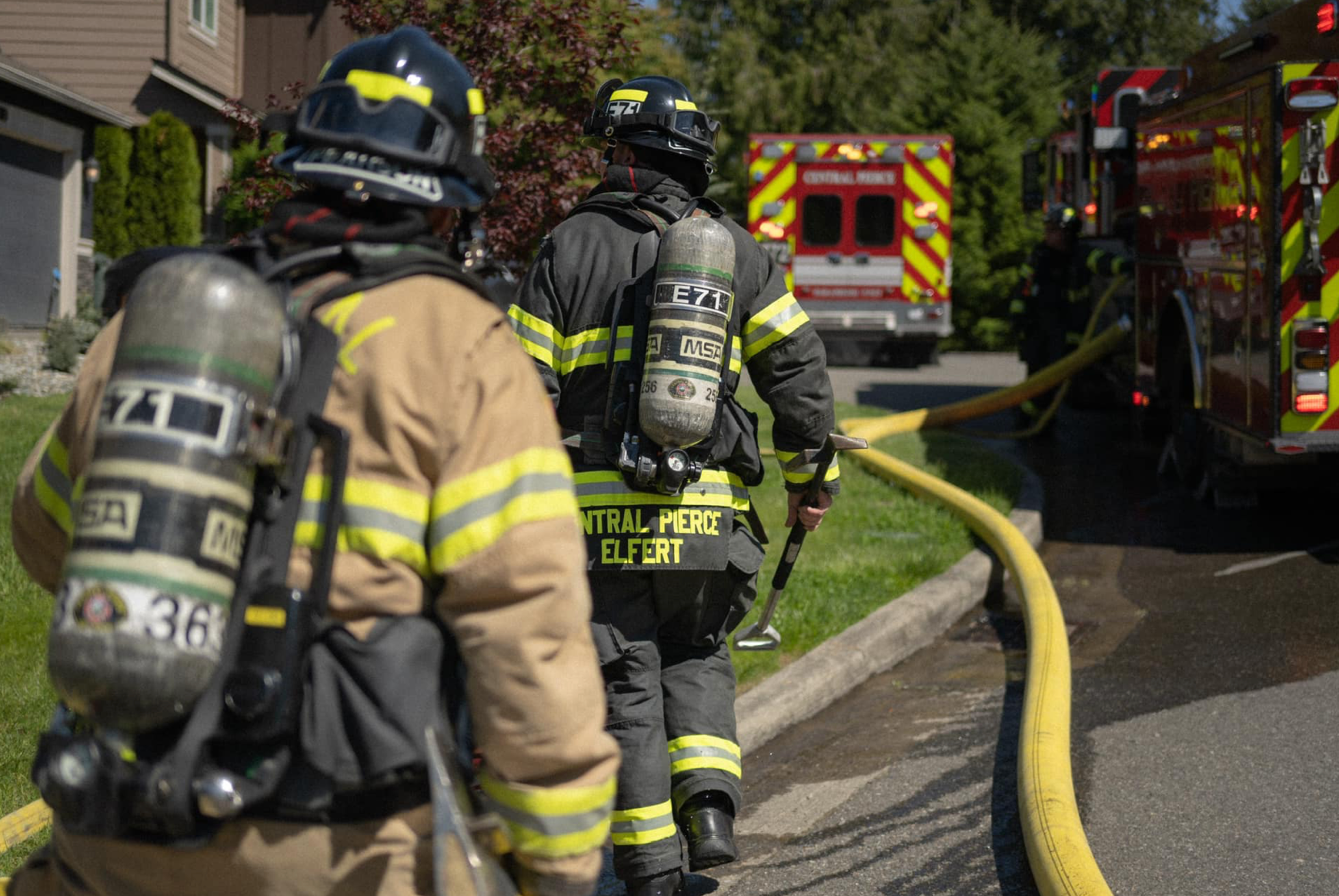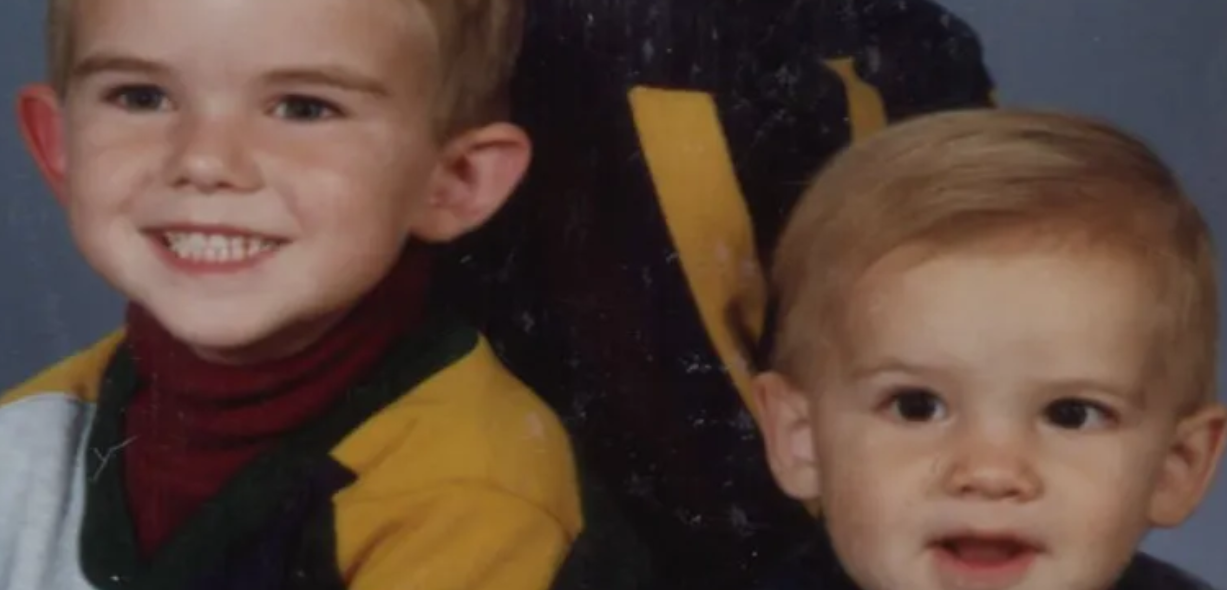Get a FREE Carbon Monoxide (CO) Alarm

We Have FREE Carbon Monoxide Alarms Available!
Click Here to Get Your Alarm
ONLY 14% OF HOMES HAVE A CARBON MONOXIDE ALARM.

Carbon monoxide, "The Invisible Killer," is a colorless, odorless, poisonous gas.
Carbon Monoxide: Silent, Odorless, & Deadly.
-
Carbon Monoxide (CO) Facts
-
Carbon Monoxide (CO) Facts
- Often called the invisible killer, carbon monoxide is an odorless, colorless gas created when fuels (such as gasoline, wood, coal, natural gas, propane, oil, and methane) burn incompletely. In the home, heating and cooking equipment that burn fuel are potential sources of carbon monoxide. Vehicles or generators running in an attached garage can also produce dangerous levels of CO.
- The dangers of CO exposure depend on a number of variables, including the victim’s health and activity level. Infants, pregnant women, and people with physical conditions that limit their body’s ability to use oxygen (i.e. emphysema, asthma, heart disease) can be more severely affected by lower concentrations of CO than healthy adults would be.
- A person can be poisoned by a small amount of CO over a longer period of time or by a large amount of CO over a shorter amount of time.
-
Common Carbon Monoxide (CO) Sources
-
Sources inside the home:
- Stoves
- Ovens
- Air & Water Heating Systems
- Boilers
- Furnaces
- Fireplaces
- Clothes Dryer
- Vehicles in attached garages
Sources outside the home:
- Transportation (cars, boats, trucks, busses, airplanes, RVs)
- Gasoline-powered engine driven tools
- Portable & fixed generators
- Portable heaters
- Charcoal & gas grills
Sources at work:
- Welding equipment
- Forklifts + manufacturing equipment
- Kitchens
- Work Trucks
- Auto Repair
- Ice Skating Rinks
-
Carbon Monoxide (CO) Safety Tips
-
Carbon Monoxide (CO) Safety Tips
- CO alarms should be installed in a central location outside each sleeping area and on every level of the home and in other locations where required by applicable laws, codes or standards. For the best protection, interconnect all CO alarms throughout the home. When one sounds, they all sound.
- Follow the manufacturer’s instructions for placement and mounting height.
- Choose a CO alarm that has the label of a recognized testing laboratory.
- Call your local fire department’s non-emergency number to find out what number to call if the CO alarm sounds.
- Test CO alarms at least once a month; replace them according to the manufacturer’s instructions.
- If the audible trouble signal sounds, check for low batteries. If the battery is low, replace it. If it still sounds, call the fire department.
- If the CO alarm sounds, immediately move to a fresh air location outdoors or by an open window or door. Make sure everyone inside the home is accounted for. Call for help from a fresh air location and stay there until emergency personnel.
- If you need to warm a vehicle, remove it from the garage immediately after starting it. Do not run a vehicle or other fueled engine or motor indoors, even if garage doors are open. Make sure the exhaust pipe of a running vehicle is not covered with snow.
- During and after a snowstorm, make sure vents for the dryer, furnace, stove, and fireplace are clear of snow build-up.
- A generator should be used in a well-ventilated location outdoors away from windows, doors and vent openings.
- Gas or charcoal grills can produce CO — only use outside.
-
Carbon Monoxide (CO) Poisoning Symptoms
-
Carbon Monoxide (CO) Poisoning Symptoms
Because CO is odorless, colorless, and otherwise undetectable to the human senses, people may not know that they are being exposed. The initial symptoms of low to moderate CO poisoning are similar to the flu (but without the fever). They include:
- Headache
- Fatigue
- Shortness of breath
- Nausea
- Dizziness
High level CO poisoning results in progressively more severe symptoms, including:
- Mental confusion
- Vomiting
- Loss of muscular coordination
- Loss of consciousness
- Ultimately death
Symptom severity is related to both the CO level and the duration of exposure. For slowly developing residential CO problems, occupants and/or physicians can mistake mild to moderate CO poisoning symptoms for the flu, which sometimes results in tragic deaths.
If you think you are experiencing any of the symptoms of CO poisoning, get outside to fresh air immediately. Leave the home and call your fire department to report your symptoms from a neighbor’s home.
-
If You Suspect Carbon Monoxide (CO) Poisoning Has Occurred
-
If You Suspect Carbon Monoxide (CO) Poisoning Has Occurred
-
Immediately remove yourself and loved ones from the environment (home, business, school, vehicle, RV, garage).
-
Call for help (911, Fire Department, Gas company, qualified maintenance teams equipped with electronic sensors)
-
Do not return inside until you’re given all clear by emergency personnel or certified contractors.
-
Don’t use the faulty or improperly vented appliance again until it’s fixed.
-
After exposure, your cognitive abilities may be impaired. Have someone immediately drive you to the nearest medical facility. Carbon monoxide poisoning tests are time-sensitive (2.5-4 hours, ideally < 2 hours) and knowing your exposure level is important for a plan of care.
-
-
Carbon Monoxide (CO) in Our Local News
-
We understand there are a lot of news stories each day, and it can become overwhelming for some to listen daily. We want to share times in our state when carbon monoxide has made headlines. Sadly, the outcomes of the three stories below end in fatalities, but through personal experience on emergency response calls, we can assure our communities that there have been many calls that never make it to the news wherein individuals and families are transported to the hospital and survive the exposure because they took the proper steps after an alarm sounded.
June 2024:
Washington state sounding carbon monoxide alarm after trucker diesDecember 2023:
1 college student dead in Washington, 2 injured in suspected carbon monoxide poisoning
August 2019:
Troopers file lawsuit against Washington State Patrol over carbon monoxide poisoningTo help you and your family stay safe, we have created a printable Safety Checklist. Please feel free to download, print, and share it.

